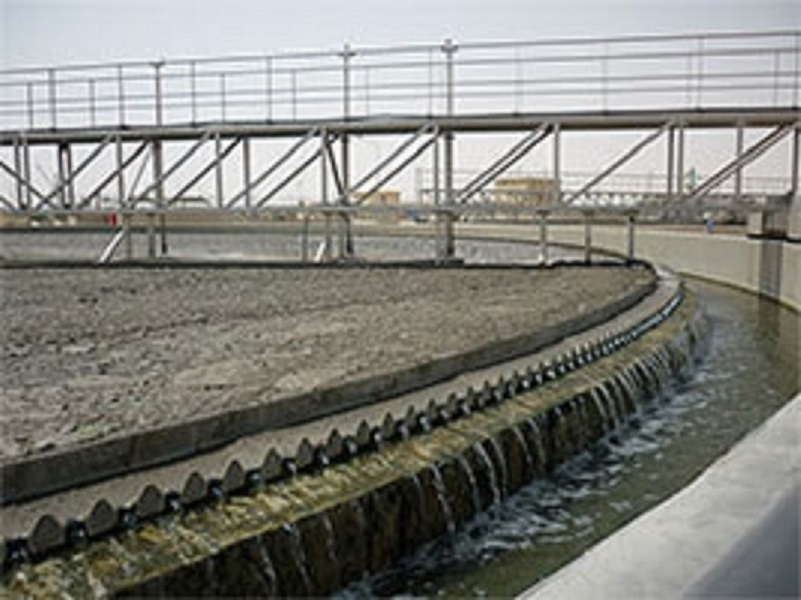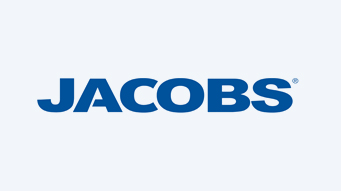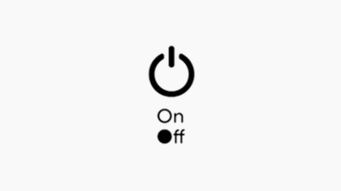
Components of a sewage treatment plant
A sewage treatment plant is a facility of great environmental importance. And a huge material cost in construction, operation, and maintenance. The types of treatment plants differ according to several things:
The type of water to be treated
the size
Purpose or (the quality of the resulting water)
Stages of the processing process
Mechanical processing systems
Includes mechanical processing systems (filtration, oil separation, homogenization baths)
physical therapy systems
Include (sedimentation, flotation)
chemical treatment systems
Include (for oxidation, chlorination)
biological treatment systems
Includes (activated sludge, secondary aeration)
Wastewater treatment stages
Sewage is generally subjected to the following main treatment stages:
1 – the initial treatment stage.
2 – the initial treatment stage.
3 – The stage of secondary (biological) treatment.
4 – stage of tertiary processing;
5 – Sludge treatment.
Primary treatment
This primary treatment is generally aimed at removing bulky inorganic solids as well as fibers, etc., from sewage to protect the various mechanical installations and pumps present in the later stages of treatment. This stage also aims to homogenize this water. Especially when the sewage network is shared or when large quantities of industrial wastewater are poured into the station from time to time. The most important components of this stage are:
A- Filters: fine or coarse and placed at the beginning of the station to seize and remove large solid materials.
B – Shredding devices: They are used to break up and cut solid materials (stones) which passed through the bar refineries and are placed before the sandblaster or may be placed before the pumping stations.
C- Sand precipitators: Its purpose is to remove sand and fine gravel materials that have passed through refineries, thus reducing the volume of sediment in sedimentation basins, the most important of which are (horizontal-flow sand chambers, ventilated sand chambers, and swirling sand chambers).
d- Adjustment basins: the purpose of which is to mitigate changes in the amount of run-off or the intensity of sewage water arriving at the treatment plant, in order to obtain a quasi-constant rate of run-off. And a semi-constant concentration of the pollutants present in the sewage water entering the treatment and is used when the need arises.
Primary treatment of sewage water
This treatment aims to reduce the values of pollutants present in sewage water. Especially getting rid of all the solid particles that are easy to sediment, thus reducing the concentration of suspended solids and organic pollution. The main components of this stage:
A- Flotation ponds: They are used to remove grease and oils when they are present in a high percentage in sewage water. Mostly from industrial sources, in order to avoid impeding treatment processes and the spread of unpleasant odors.
b- Primary sedimentation basins: the objective of which is to separate and completely remove the fine solids that can be sedimented. Which constitutes a noticeable percentage of some inorganic substances that are considered a burden on the subsequent biological treatment stage, and also leads to a reduction in the concentration of BOD5 about (25-35%) and the percentage of removal of suspended solids (SS) about (50-55%). These basins may be circular or rectangular.
Secondary (biological) treatment of sewage water
This stage is considered the most important stage of treatment that must be applied to the polluted water in the plant. This treatment aims to oxidize the various organic materials in the sewage water and turn them into stable compounds and biomass consisting mostly of bacteria and some microorganisms that can be separated from the water and treated separately. Thus, obtaining water practically free of organic pollution. In general, secondary treatment is carried out in two main units: aeration ponds, and secondary sedimentation ponds. This biological treatment has common types such as:
– Activated sludge: It includes different types of aeration tanks (conventional – split feeding – contact stabilization – full mixing – extended aeration / including oxidation trenches).
– Ventilated ponds.
– Biological filters.
– Rotating biological disks.
– Stabilization ponds: There are many types, including anaerobic, aerobic, and facultative.
Tertiary treatment
Tertiary treatment of polluted water is considered as an additional treatment in order to achieve the following things:
1- Removing the fine suspended matter and reducing the BOD in the final treated water.
2- Reducing the concentrations of pathogenic factors such as bacteria and eggs of intestinal worms so that any harm to public health that may result from them is avoided.
3- Control of nutrients (phosphorous – nitrogen) and dissolved solids (organic, inorganic) and their removal. The negative effects of these materials on the receiving water sources (rivers – lakes) have appeared. These effects have been covered by extensive scientific studies. For this reason, legislation has been put in place that defines the specifications of treated water offered to water sources, which ensures the safety and preservation of these sources.
The sequence of decisions taken during the selection of a polluted water treatment method
The first option – is the drainage network necessary
Here, and if it exists, does it work well. Is the surface water used for drinking contaminated? The existing system is good enough to protect public health. Will the construction of new sewer lines move the problem from the city to near the waterway?
The second option – is sewage treatment necessary
From the point of view of the environment and the protection of water resources, the common saying is if we cannot afford the high cost of treatment plants. It is necessary, at least, to provide primary treatment of polluted water, rather than dumping it without treatment.
Option 3 – Is pretreatment appropriate (reduces BOD5 by 35% and SS by 65%)
What are the benefits that will be gained if the treatment goes beyond the initial treatment stage? What is the capacity of the available water sources to withstand pollutants? Will this initial stage be followed by additional treatment when the organic and hydraulic loads increase? Usually, alternatives to primary treatment are:
1- Installation pools.
2- Imhof tanks with sludge drying troughs.
3- Traditional primary treatment (filters – sand separators – primary sedimentation ponds – sludge treatment).
Option 4 – Is secondary sewage treatment appropriate (which achieves a treatment rate of 90%)
The sewage in our area is strong and is about (SS 600 mg/L, BOD 500 mg/L). This means that the pollution rate is reduced by 85%, so the pollutants will remain after secondary treatment in the range of 50 to 60 mg/l. Here, clearly, the following question appears: What is the need for more treatment? Once again, we ask what the benefits will be, to whom and why, and at least there must be a slowdown in time. There is no need to hurry when making any decision without in-depth study of the secondary treatment products, and the possibility of absorbing the treatment products by the waterway.
The financial aspect must be taken into consideration when daring to proceed to a deeper treatment because the cost increases very rapidly for advanced treatment. While the benefits and benefits will be almost non-existent, for example, to obtain treatment at a rate of 40%, its cost will be 10% of the total cost. To obtain a treatment (40-95%), the cost may reach 100%, and to obtain treatment (90-95%), the cost may reach 200%. And to get 1% above 95%. The cost increases by 40% of the cost at 95%. That is, the cost doubles very dramatically whenever the final water is of high specification.
Common alternatives to secondary treatment are:
1- Installation pools.
2- Imhoff tanks followed by stone filters.
3- Conventional secondary treatment (filters – sand traps – primary sedimentation – biological processes – secondary sedimentation – sludge treatment). It can include biological processes (activated sludge or stone filters).
4 – rotating biological disks.
Option 5 – Is advanced sewage treatment necessary (above 95%)
We must ask the same questions, but with more explicit criteria and very harsh justifications. In this area of treatment, the main and operational cost will increase with every 1% of treatment being added effectively while the benefits will increase proportionally. Alternatives available for advanced secondary treatment:
1- Fixing pools with large storage capacity.
2- Prolonged ventilation (ventilation time 24 hours).
3- Oxidation trenches.
4- Conventional activated sludge system with long aeration time.
5- Link system: It combines stone filters and activated sludge and is a very effective system.
























